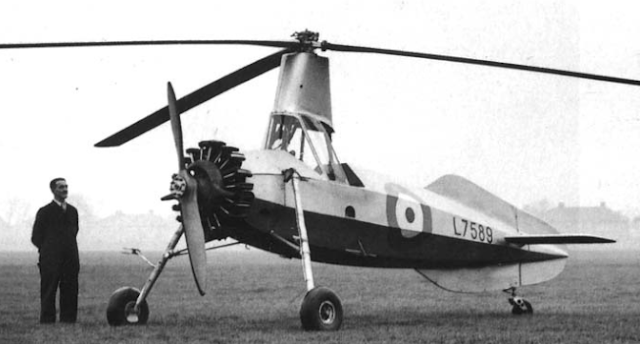The SdKfz 2, better known as Kleines Kettenkraftrad HK 101 or Kettenkrad is a "Sonderkraftfahrzeug" (SdKfz) which means special motor vehicle. It is a model of carnival. Produced from 1940 to 1948, it carries only 2 men, but reaches 70 km / h and behaves very well on any type of ground. It was originally a small tractor for airborne troops. This vehicle was designed to be delivered by Junkers Ju 52 aircraft, but not by parachute. The vehicle had the advantage of being the only small tractor of artillery, small enough to fit in the bunker of the Ju 52.
It has been used as troop transport, but also for other missions, including the unwinding of telephone cables or the towing of light artillery pieces. He weighed 1,235 kg.
In war operations
This armored vehicle was quoted by Paul Carell, 3 a German military writer. This "motorbike" allowed to circulate in the mud of the Russian steppe (raspoutitsa). His job is cited in the battle of the Cherkassy-Korsoun (Ukraine) pocket as a transport wagon for an officer, General Wenck.
At the end of the war, the Luftwaffe still has a lot of planes but it lacks experienced pilots and, above all, petrol, the track procedures are then changed. Indeed, moving a plane on the ground using its own engines (particularly the new Messerschmit 262 and Arado reactors) consumes a lot of fuel and moreover, Allied bombardments require to pull the airplanes away from the runways, To camouflage them in underground shelters or under vegetal covers.
The Kennenkraftrad was then used as a track tractor, notably to move the Messerschmitt 163 Komet, rocket planes that drop their wheels on take-off and land on a ventral ski.
In civil recoveries
After the war, Kettenkrad were recovered from the German Democratic Republic (GDR), which had been converted into agricultural tractors or logging machines (see official NSU website). Some examples of collection are approved for road traffic.
Specifications :
Length: 3000 mm
Width : 1000 mm
Height: 1200 mm
Seating: 3 (driver and two passengers)
 Engine: Four-cylinder OHV-series engine, water cooled, from the car Opel Olympia
Engine: Four-cylinder OHV-series engine, water cooled, from the car Opel OlympiaDisplacement: 1478 cm³ (Old German control)
1488 cm³ (actual)
Bore × stroke: 80 mm × 74 mm
Compaction: 1: 6
Power: 36 hp (26 kW) at 3400 / min
Maximum speed: 70 km / h
Adm. Total weight: 1560 kg
Transmission: 3 forward / 1 reverse × 2-speed transmission
Coupling: Single disc dry coupling
Fuel consumption: 16-22 l / 100 km - depending on terrain also more
Tank capacity: 2 × 21 liters
Carburettor: SOLEX-Type Gasser Type 32 FJ-II
Tire: 3.50-19









0 commentaires :
Post a Comment